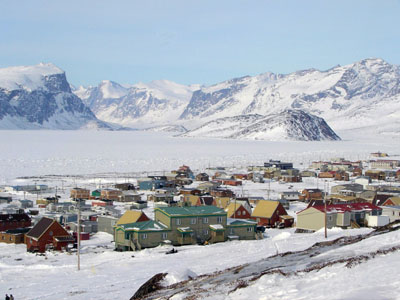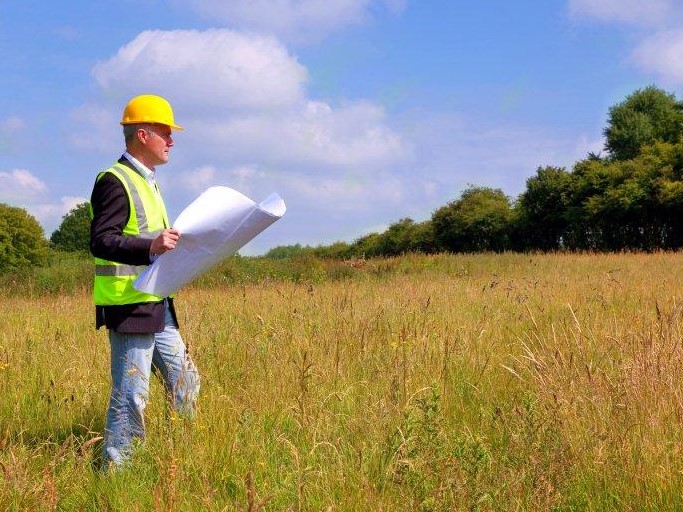Difference between revisions of "Public Engagement Case Studies"
| Line 51: | Line 51: | ||
|width="25"| | |width="25"| | ||
|} | |} | ||
| − | + | |-align="left" | |
===Get involved=== | ===Get involved=== | ||
| − | Interested in sharing your own Public Engagement case studies? We've created a bilingual template for departments, agencies and other gcwiki colleagues to add their own case studies. We're always looking to expand our knowledge of good public engagement, we encourage you to research, write or document examples you seen in the Canada, or other jurisdictions to enable learning what looks good together. | + | Interested in sharing your own Public Engagement case studies? We've created a [[Public Engagement Case studies template | bilingual template for departments]], agencies and other gcwiki colleagues to add their own case studies. We're always looking to expand our knowledge of good public engagement, we encourage you to research, write or document examples you seen in the Canada, or other jurisdictions to enable learning what looks good together. |
==How to add your own Case study== | ==How to add your own Case study== | ||
#Search | #Search | ||
| − | Just copy and past the template into a new page, with the | + | #Just copy and past the template into a new page, with the |
Revision as of 16:07, 21 October 2019
| This page is a work in progress |
Background
The Consultations and Public Engagement Team of the Privy Council Office of Canada is pleased to share the first round of Public Engagement case studies. Over the course of 2018, interviews were conducted with policy analysts, public engagement advisers, communications teams, developers, and managers who were involved with the planning and execution of a consultation linked to a major policy initiative.
The interviews were semi structured, to allow conversations to flow-freely. The case studies capture the purpose, objectives and scope of a consultation; they look at process considerations, including methods, tools and analysis, as well as governance and decision making, successes, challenges, and overall outcomes.
The goal of these case studies is to showcase Government of Canada public engagement, share lessons learned, and illustrate the decision making process that practitioners of public engagement make when undertaking these large-scale projects. We selected the format of case studies so that key learnings remain connected to the context in which they took place. We hope that in sharing these case studies, readers will better understand the diverse considerations and complexities of public engagement.
These are the first four case studies to be published, with more to follow in 2019.
If you have any questions or comments, please connect with us at consultation@pco-bcp.gc.ca
| Nutrition North Canada | Expert Panel Review of Environmental Assessment Processes | National Housing Strategy | International Assistance Review |
|-align="left"
Get involved
Interested in sharing your own Public Engagement case studies? We've created a bilingual template for departments, agencies and other gcwiki colleagues to add their own case studies. We're always looking to expand our knowledge of good public engagement, we encourage you to research, write or document examples you seen in the Canada, or other jurisdictions to enable learning what looks good together.
How to add your own Case study
- Search
- Just copy and past the template into a new page, with the



